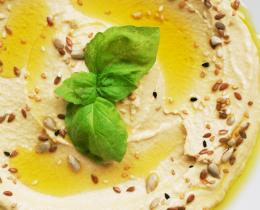In many ways, my research has not only taught me new ways to think about how I want to live and love, it’s taught me about the relationship between my experiences and choices. One of the most profound changes in my life happened when I got my head around the relationship between gratitude and joy. I always thought that joyful people were grateful people. I mean, why wouldn’t they be? They have all of that goodness to be grateful for. But after spending countless hours collecting stories about joy and gratitude, three powerful patterns emerged:
- Without exception, every person I interviewed who described living a joyful life or who described themselves as joyful, actively practiced gratitude and attributed their joyfulness to their gratitude practice.
- Both joy and gratitude were described as spiritual practices that were bound to a belief in human interconnectedness and a power greater than us.
- People were quick to point out the differences between happiness and joy as the difference between a human emotion that’s connected to circumstances and a spiritual way of engaging with the world that’s connected to practicing gratitude.
Gratitude
When it comes to gratitude, the word that jumped out at me throughout this research process is practice. I don’t necessarily think another researcher would have been so taken aback, but as someone who thought that knowledge was more important than practice, I found these words to be a call to action. In fact, it’s safe to say that reluctantly recognizing the importance of practice sparked the 2007 Breakdown Spiritual Awakening that changed my life.
For years, I subscribed to the notion of an “attitude of gratitude.” I’ve since learned that an attitude is an orientation or a way of thinking and that “having an attitude” doesn’t always translate to a behavior. For example, it would be reasonable to say that I have a yoga attitude. The ideals and beliefs that guide my life are very in line with the ideas and beliefs that I associate with yoga. I value mindfulness, breathing, and the body-mind-spirit connection. I even have yoga outfits. But, let me assure you, my yoga attitude and outfits don’t mean jack if you put me on a yoga mat and ask me to stand on my head or strike a pose. Where it really matters—on the mat—my yoga attitude doesn’t count for much.
So, what does a gratitude practice look like? The folks I interviewed talked about keeping gratitude journals, doing daily gratitude meditations or prayers, creating gratitude art, and even stopping during their stressful, busy days to actually say these words out loud: “I am grateful for . . .” When the Wholehearted talk about gratitude, there are a whole bunch of verbs involved. It seems that gratitude without practice may be a little like faith without works—it’s not alive.



